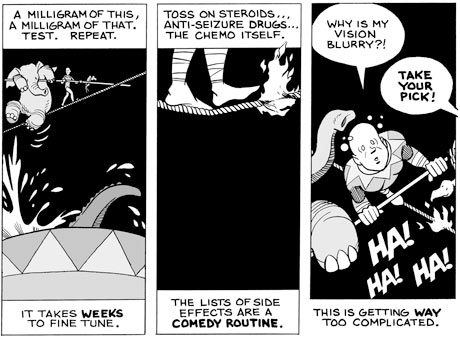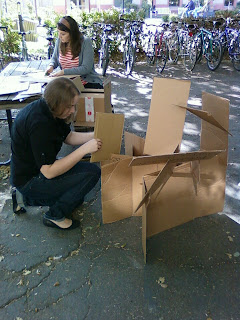 |
| Image from: http://media-2.web.britannica.com/eb-media/45/99545-004-404C20FE.jpg |
In today’s society solar panels aim to improve society by directly converting sunlight into electrical energy. From homeowners to businesses, people in society have switched to solar power because they know it is better for the environment and also because solar power is free. Since solar panels do not have any moving parts that use fuel or need maintenance they are very convenient and can be used in remote parts of the country. To further understand how solar panels are benefiting society we must explore its design further.
The light from the sun enters the solar panel through the antireflection layer which minimizes the loss of light due to reflection. Then this light travels to the energy-conversion layers that are below the antireflection layer. The light then goes through three conversion layers which are the top junction layer, the absorber layer, and the back junction layer. Then two additional layers are needed to transmit the electric current out to the external load and then it goes back into the cell. After the light completes this process then the electric circuit is complete. Below is a picture that shows where each of the layers are located.
 |
| Image from: http://media-2.web.britannica.com/eb-media/30/330-004-F78C467F.gif |




























